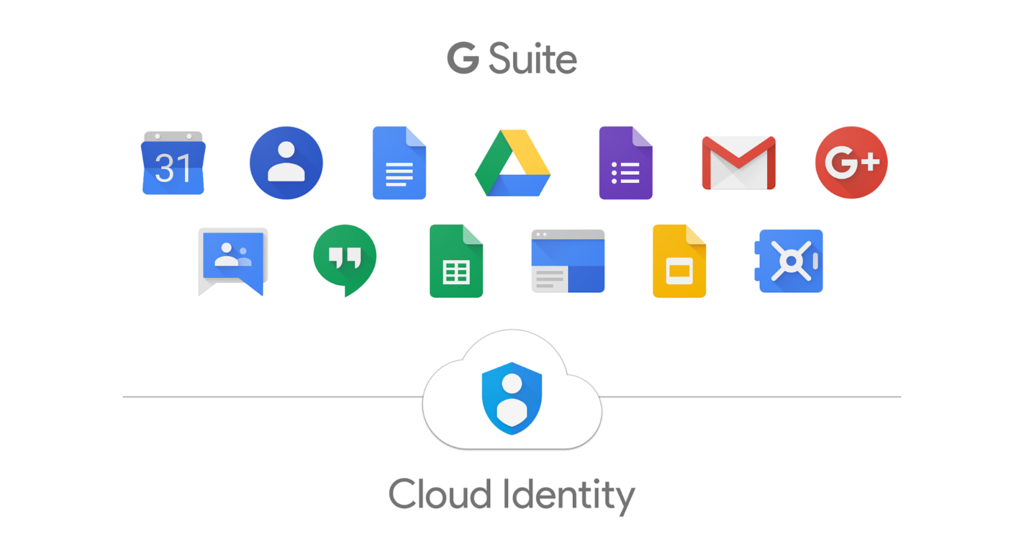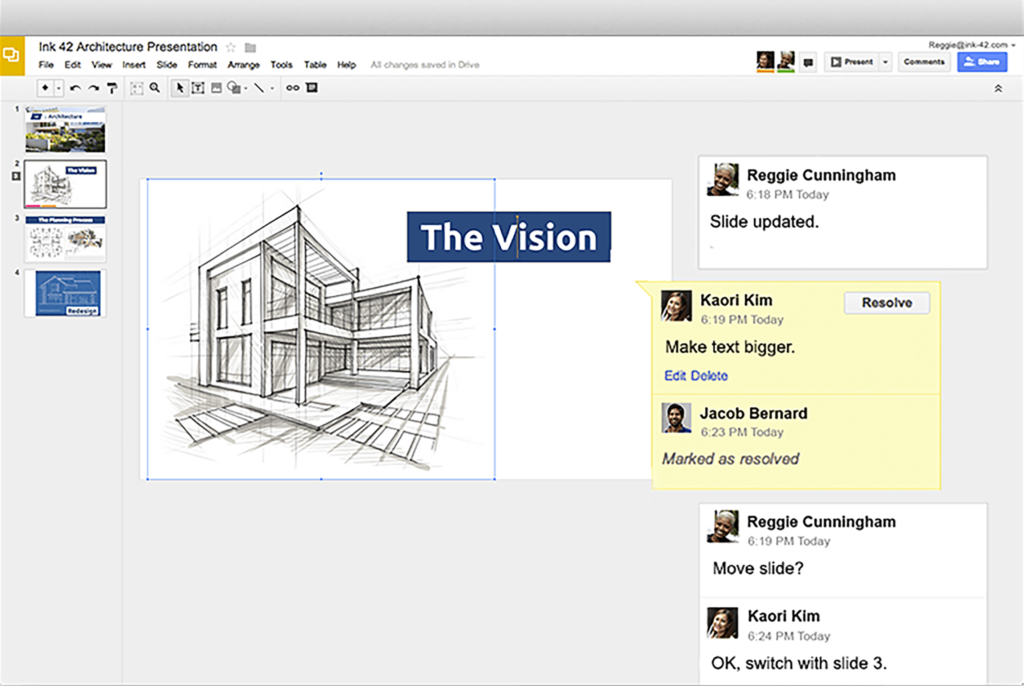Architizer Journal is reader-supported. When you buy through links on our site, we may earn an affiliate commission. Learn more
Cloud computing is nearly ubiquitous on a personal level, but for businesses, and especially architecture firms, its adoption has been much slower. This is because an architectural project involves synchronizing the efforts of many professionals as opposed to one or two casual users, so the level of organization needed is much more sophisticated. Luckily for architects, especially young firms or those striking out on their own for the first time, the last several years have seen a massive shift in digital capabilities from local servers to cloud computing.
The most advanced tool available right now to take advantage of cloud computing is Google’s G Suite, as it’s the best integrated of the cloud products on offer. For an architect, this means running a firm with exceptionally low overhead costs, saving significant time coordinating documents within a project team and shrinking the distance between themselves and the job site.

Google Suite Cloud; via Google
In Practice
The power of cloud computing lies in the fact that it’s available anywhere, in any size or configuration, and can be easily reconfigured when needed. For an architect used to working on their firm’s local network, it’s easiest to think of cloud computing as a readymade, off-the-shelf server product, but because it’s completely digital and available as a subscription, they don’t have to buy or maintain actual servers.
For a small, young firm, the clear advantage is that a cloud computing subscription is much cheaper than running their own servers, although outsourcing this aspect of their business also allows the firm to grow and contract over time while simply adjusting their subscription to match.
This flexibility is especially useful for a solo architect who might not have an established business infrastructure yet, or who’s moonlighting on architectural projects, supporting their own work with a separate job. The accessibility of G Suite programs means a single architect can easily form, manage and disperse project teams, allowing them to take on larger and more complex work than a sole practitioner has typically been able to handle.

Design Presentation in Google Slides; via Google
In the Office
The majority of an architect’s work revolves around producing documents. While renderings and drawings are the bread and butter of this work, the importance of written documents and spreadsheets tends to be overlooked. Often coming together as an afterthought, things like project and material schedules, meeting minutes and field reports are frequently more complicated and time consuming than they seem because they require separate input from multiple people.
This is where cloud computing offers an advantage for architects. Instead of emailing single files back and forth, everyone on a project team, from consultants to contractors, can edit the same document or spreadsheet in Google’s Docs and Sheets apps, eliminating unnecessary duplication of work or missed communications. The gains in efficiency might seem small but they add up to a considerable amount over the life of a project, and they make the whole process smoother, as well.
The same goes for client-facing material. Anyone who’s put together a polished presentation from a multi-disciplinary team knows how frustrating it can be to streamline production, with different disciplines often working at cross-purposes to each other. Google’s Slides app, for example, offers a solution to this problem that’s simple enough to be used by team members who may not be tech-savvy but advanced enough to allow easy correction of irregularities across multiple people’s efforts.
On the Site
Perhaps the biggest challenge of a building project is that the people who designed it are almost always located away from where it’s being built. Even if a project is in their city, travel back and forth to the site is a huge time commitment for an architect. While site visits are often supposed to be limited to a prearranged schedule, many architects are familiar with an unexpected phone call leading to an impromptu trip to the site, taking away from other important work.
What’s more is that unscheduled visits are often made to resolve single issues that require nothing more than designers seeing what the builder is talking about. In this case, Google’s Hangouts Meet could easily speed up a project. By providing many different parties with a simple video interface available on any device without special software, unplanned meetings both large and small can occur quickly, without anyone leaving their workplace.
Another upside to using cloud computing in building projects is that the level of integration between G Suite’s apps allows a project team to develop their own custom tools. A residential real estate developer in Russia, for example, was able to use Google’s Apps Script to automatically generates pricing comparisons in Sheets, condensing a process that used to take weeks into mere hours. Applying a similar logic to activities like construction submittals or value engineering could potential realize similar improvements to an architect’s work flow.
It’s in the custom aspects of cloud computing where the greatest advantages lie. Since the notion of working in the cloud is relatively new, it’s up to a new generation of designers to develop their own, unique ways for using it. In any case, an architect who builds their practice on this technology stands to gain a significant edge over their older, more established competitors.
For more information and to sign up for the service, click the blue button below:
Architects: Showcase your work and research architectural materials through Architizer: Click here to sign up now. Are you a manufacturer looking to connect with architects? Click here.
Top image via pxhere
